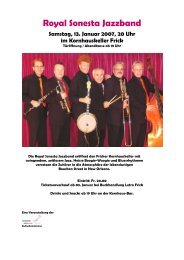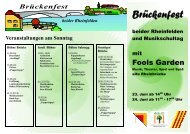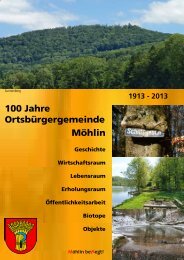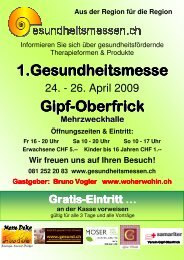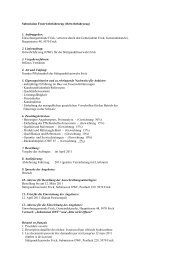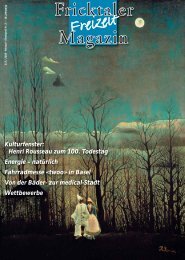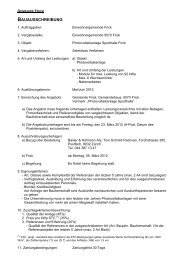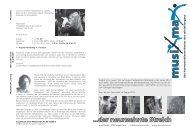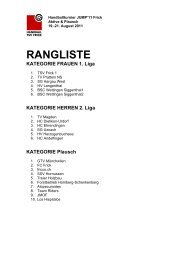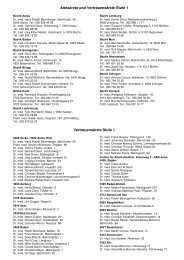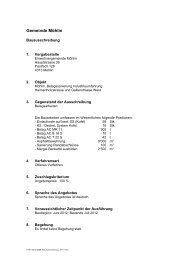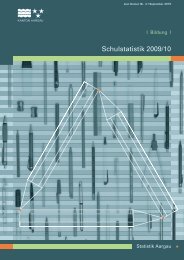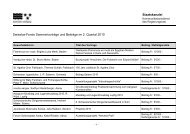Analyse von Fragen zum Bewegungsverhalten im Omnibus 2011 ...
Analyse von Fragen zum Bewegungsverhalten im Omnibus 2011 ...
Analyse von Fragen zum Bewegungsverhalten im Omnibus 2011 ...
Erfolgreiche ePaper selbst erstellen
Machen Sie aus Ihren PDF Publikationen ein blätterbares Flipbook mit unserer einzigartigen Google optimierten e-Paper Software.
Summary<br />
In <strong>2011</strong>, the Federal Office of Public Health (FOPH) took the opportunity to participate in the new<br />
"<strong>Omnibus</strong> survey" of the Federal Statistical Office (FSO). In the framework of this survey, a total of<br />
5'129 persons aged between 15 and 74 years were interviewed regarding their physical activity. The<br />
interviews were based on the World Health Organisation's (WHO) Global Physical Activity<br />
Questionnaire (GPAQ). The results documented in this report are remarkable in several regards:<br />
• On average, respondents are physically active for 3.5 hours per day in a way that accelerates their<br />
heart rate or their respiration at least slightly. Physical activities during work and everyday tasks<br />
(such as household chores or gardening) account for about half of one's entire physical activity.<br />
Activities during leisure t<strong>im</strong>e make up about a third and walking/cycling embrace the remaining<br />
seventh part of total daily physical activity.<br />
• There are hardly any differences in total physical activity with respect to gender and age, and only<br />
moderate differences with respect to linguistic region, educational background and employment<br />
status. However, there are a number of significant differences with respect to age, gender,<br />
education, occupation and region if the different elements of physical activity (i.e. work/everyday,<br />
leisure, human powered mobility) are being examined separately.<br />
• There is no compensatory relationship between everyday and leisure t<strong>im</strong>e physical activities, i.e.<br />
low levels of work activities are not being compensated by higher levels of leisure activities and<br />
vice versa. Quite to the contrary, respondents who are more active in one sphere tend also to be<br />
more active in the other spheres.<br />
• Using current recommendations regarding health enhancing physical activity as a benchmark, only<br />
seven per cent of all respondents aged between 15 and 74 have to be classified as insufficiently<br />
active. This result contrasts with other studies that report considerably higher proportions of<br />
insufficiently active persons. The differences may be due to two factors. On the one hand, physical<br />
activity is captured more completely in the GPAQ than in other studies that often do not or only<br />
partially take into account physical activities during work. On the other hand, precisely this more<br />
complete recording of physical activities in the GPAQ may be the cause for an overest<strong>im</strong>ation of<br />
total physical activity.<br />
Independent of these qualifications, the results suggest that the contribution of work and everyday<br />
activities to the Swiss population's total physical activity has been underrated in earlier studies. For<br />
further studies, this result raises the question to what extent activities in the work place and in<br />
everyday settings are in fact health enhancing.<br />
„Bewegungsfragen <strong>im</strong> <strong>Omnibus</strong> <strong>2011</strong>“ – Schlussbericht • Mai 2012 /4



